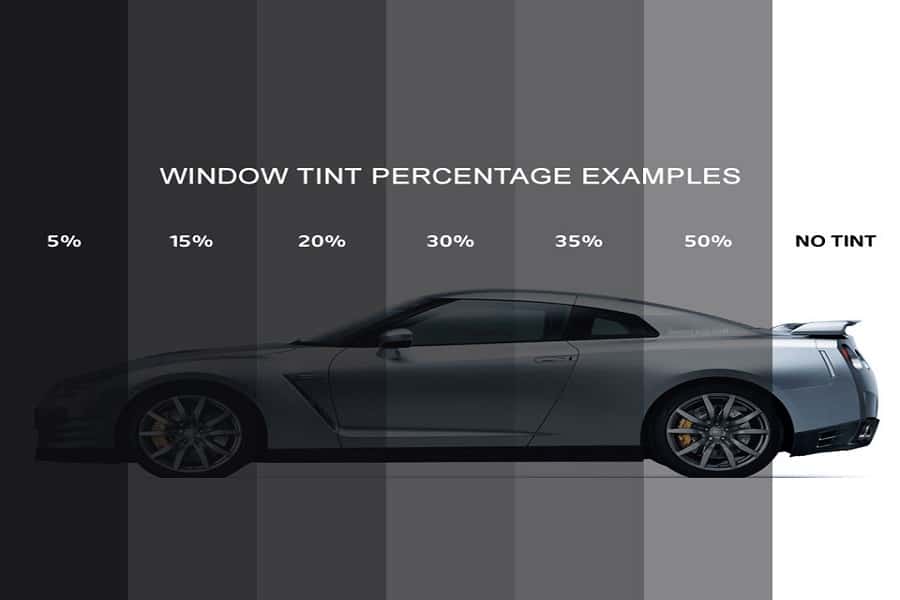Auto Window Tinting: Tips for Maintaining a Professional Finish
Wiki Article
Home Window Tinting Laws and Standards: What You Need to Know Before Tinting Your Car
Prior to proceeding with home window tinting for your vehicle, it is vital to familiarize yourself with the diverse legislations and guidelines that control this method throughout various states. These guidelines determine the permissible levels of color darkness, typically measured by noticeable light transmission (VLT) percents, and consist of certain specifications for front windshields targeted at ensuring road safety and security. In addition, particular jurisdictions might offer medical exemptions for individuals with certifying problems. Recognizing these complexities can conserve you from prospective lawful ramifications, yet what are the certain regulations in your state?Overview of Window Tinting Regulations
Window tinting legislations are regularly based on variant across various territories, showing regional regulations and safety and security factors to consider. These laws dictate the permissible degrees of color darkness and reflectiveness on vehicle windows, guaranteeing that drivers maintain ample presence while likewise securing versus hazardous UV rays and heat.Many laws classify window tinting based on the Visible Light Transmission (VLT) percentage, which shows the amount of light that can travel through the home window. Typically, reduced VLT portions signify darker tints. Regulations typically distinguish in between the front, side, and back windows, with stricter restrictions used to the front windscreen to improve safety for both the vehicle driver and other roadway users.
In addition, some territories impose limitations on the reflectivity of the tint, avoiding extreme glare that can harm exposure. Exceptions to these laws might exist for people with specific medical problems requiring extra sunlight security. Conformity with window tinting regulations is crucial, as violations can lead to fines, required elimination of the tint, and possible boosts in insurance coverage premiums. As a result, it is important for car owners to acquaint themselves with regional laws prior to waging window tinting installments.
State-by-State Tint Laws
Comprehending the details window tinting guidelines in each state is important for automobile proprietors seeking to adhere to the legislation. Each state in the U.S. has actually developed its very own collection of regulations governing home window tinting, which can vary dramatically. These laws usually dictate the allowed levels of color darkness, the kinds of home windows that can be tinted, and any type of clinical exceptions that may use.For example, states like The golden state have rigorous restrictions on color darkness for front home windows, while others, such as New Mexico, may permit darker colors. Additionally, particular states mandate certain presence portions for different home windows, consisting of the windshield, front side windows, and back windows. It is crucial for cars and truck proprietors to acquaint themselves with their state's legislations to avoid potential penalties or charges.
Furthermore, some states may call for a certification sticker label to be put on tinted windows, indicating compliance with state legislations. Failure to abide by these guidelines not only runs the risk of lawful effects but can also influence security and presence while driving. As a result, car proprietors must perform extensive research or seek advice from local authorities to guarantee full understanding and compliance with state-by-state tint regulations.
Allowed Tint Levels and Kinds
Many vehicle proprietors may be amazed to learn that enabled color degrees see post and types vary widely throughout various states. Each state has developed its own laws concerning the acceptable darkness and reflectivity of window tint, commonly determined by Visible helpful resources Light Transmission (VLT) percents. VLT refers to the quantity of light that can travel through the tinted windows; hence, a reduced percent indicates a darker tint.
Moreover, the sorts of color materials enabled can vary, with some states restricting metal or mirror-like coatings. It is vital for automobile owners to acquaint themselves with their state's certain regulations to make sure compliance. Non-compliance can result in fines, necessary removal of the tint, or various other lawful effects, making it vital to comprehend these regulations prior to waging installment.
Medical Exemptions for Tinting
While not all states give allocations for medical exemptions regarding home window tinting, those that do acknowledge the requirement for certain individuals to boost visibility and convenience as a result of medical conditions. Different clinical problems, such as lupus, skin cancer cells, and certain eye disorders, can make individuals especially delicate to sunshine. These individuals may call for darker colors to safeguard themselves from unsafe UV rays and glow.
It read what he said is essential to keep in mind that despite a clinical exemption, there might still be constraints on the level of color allowed. Compliance with state regulations guarantees that people are both protected and within lawful restrictions. Those thinking about medical exceptions must call their neighborhood Department of Motor Autos or equivalent authority to understand the procedures and requirements needed to get an exemption properly.
Fines for Non-Compliance
Failing to abide by home window tinting regulations can bring about significant fines, which vary by state. Legislation enforcement agencies are empowered to provide citations for cars that do not stick to the defined tinting laws. These fines usually consist of penalties, which can vary from moderate total up to a number of hundred bucks, depending upon the extent of the infraction and the state concerned.In some jurisdictions, duplicated offenses may cause escalating fines or additional penalties, such as obligatory court looks. Moreover, non-compliance might demand the removal of unlawful tinting, usually at the proprietor's expenditure. In extreme instances, regular offenders may face suspension of their lorry enrollment till compliance is attained.
In addition, insurance coverage implications might arise from getting several citations for home window tint offenses. Insurance companies may check out such infractions as an indicator of riskier behavior, potentially bring about enhanced premiums or difficulty in coverage.
To stay clear of these fines, it is critical for vehicle proprietors to acquaint themselves with their regional home window tinting regulations and make certain that their lorry complies (Window Tinting). This aggressive technique not only avoids legal implications but additionally advertises road safety and security
Final Thought

A lot of regulations categorize window tinting based on the Visible Light Transmission (VLT) portion, which indicates the quantity of light that can pass via the window. Compliance with home window tinting laws is vital, as offenses can result in fines, necessary elimination of the color, and potential increases in insurance coverage premiums.Recognizing the particular home window tinting policies in each state is essential for car owners seeking to abide with the law. These policies usually dictate the allowable degrees of tint darkness, the kinds of home windows that can be tinted, and any medical exceptions that may apply.
For circumstances, states like California have strict restrictions on tint darkness for front windows, while others, such as New Mexico, might allow darker colors.
Report this wiki page